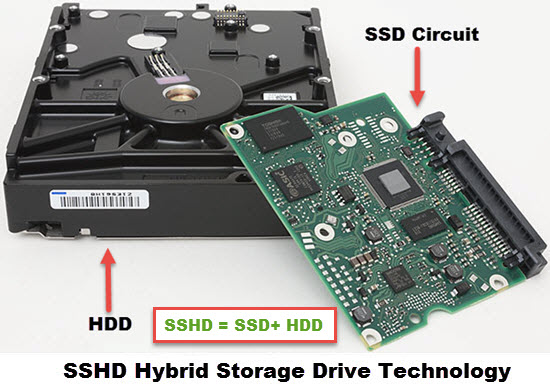




We benchmark with all of our drives at less than 80% capacity, and in addition, all of the drives have been in use for months except for the Vulcan SSD which has been “dirtied” using IOmeter, so our testing tends to give more real world performance results. The settings and hardware are identical except for the four drives being tested, and the graphics are powered by a RTX 2060 SUPER Founders Edition (FE). In addition, we use a 2 TB Seagate FireCuda Solid State Hard Drive (SSHD) for additional storage.įor this review, we are going to compare the performance of three drives to the T-FORCE Vulcan 500GB SSD ( $59.99): the Kingston A1000 480GB NVMe SSD ( $76.30), the 480GB Team Group L5 SSD ( $58.99), and a 2 TB FireCuda SSHD ( $89.79) which is a 7200 rpm Seagate HDD coupled with 8 GB of flash drive.īTR’s test setup uses Windows 10 64-bit, featuring an Intel Core i7-8700K overclocked to 4.8GHz for all cores as set in the EVGA Z370 FTW motherboard’s BIOS, and 16 GB of T-FORCE XTREEM DDR4 at 3866MHz. SSD pricing continues to soften, and last month Team Group sent us their T-FORCE 500GB Vulcan SATA SSD for evaluation.īTR uses two identical 480GB Team Group L5 LTE SSDs as boot drives – one for AMD and one for NVIDIA – together with a 1.92 TB SanDisk SSD and a 2 TB Micron 1100 SSD for our primary game storage. Solid State Drives (SSD) save game and level loading times for gamers and give many apps a noticeable performance boost over using Hard Disk Drives (HDD). Intro The Team Group T-FORCE Vulcan 500GB SSD review – SATA SSD vs.


 0 kommentar(er)
0 kommentar(er)
